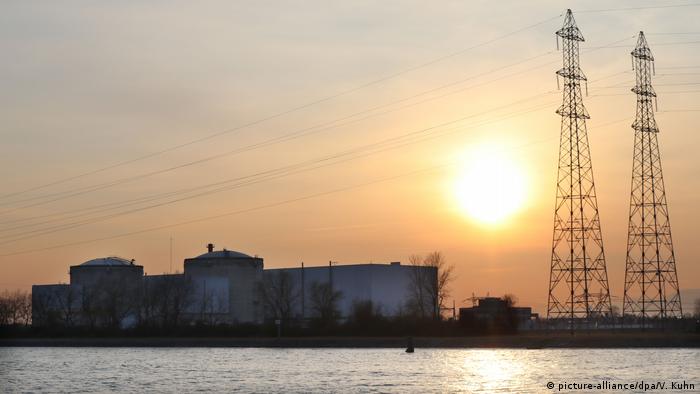By PRAKASH KATOCH
One of the first tasks of the Imran Khan government in Pakistan was to seal all offices of the South Asian Free Media Foundation (SAFMA).
On April 7, 2012, after an avalanche in Gyari trapped 140 Pakistani soldiers and civilians, SAFMA stated that Pakistan withdrew from Siachen without any agreement. SAFMA’s reason may have been the 139 killed in the 10th-deadliest avalanche in the world at Gyari.
However, the fact remains that all major passes in the entire Saltoro range, dominating the 76 km-long Siachen Glacier running east of Saltoro, are held by India while Pakistan holds low ground west of the Saltoro range, far away from the glacier. The Pakistani posts are located 900 meters below the 100 or so Indian Army posts on the Saltoro ridge.
After the Gyari tragedy, Pakistan’s prime minister, Nawaz Sharif, asked his army to unilaterally withdraw from the area but the military remained adamant and sundry authors began to project Siachen as Pakistani territory. They began to assert fallaciously that claims India had “illegally occupied” the Siachen Glacier and that India demanded that Pakistan accept the current deployment along the Saltoro Range as a permanent border. It also claimed that India had signed an agreement in 1989 to withdraw from Siachen. They also argued that India wanted to sever the Karakoram Highway (KKH) advancing through the Saltoro Range. But all these contesting claims need to be viewed through the prism of a contentious history of the subcontinent emerging from colonial rule.






/arc-anglerfish-arc2-prod-mco.s3.amazonaws.com/public/XARKPGQRAVCFTABRRWNGE3DV7I.jpg)
/54.34722568749997,32.037594626972,6/421x337.png?access_token=pk.eyJ1IjoiZGFsdG9ud2IiLCJhIjoiOWdSSXFQSSJ9.HZyjh4g3TAAOAncwelv9Vw)








